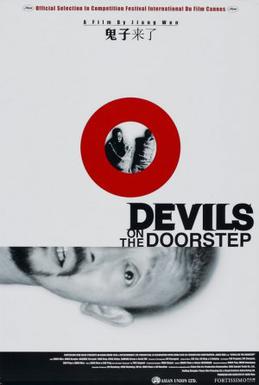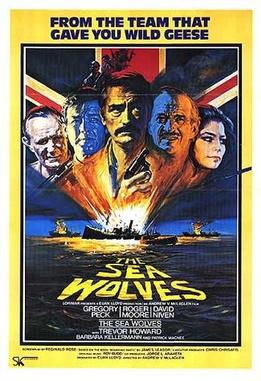“Katyn” is a Polish movie about
the infamous Katyn massacre of WWII. It
was based on the book Post Mortem:
The Story of Katyn by Andrzej Mularczyk. It was directed by acclaimed Polish director
Andrzej Wajda (“Kanal”) who was awarded a Lifetime Achievement Oscar by the
Academy Awards in 2000. Wajda, whose
father was a victim of the massacre, was 83 when the film was made. The film was nominated for Best Foreign
Language Film. The production was
encouraged by Polish President Lech Kaczynski for political purposes.
The movie opens in the aftermath
of the German/Soviet invasion of Poland in 1939. Refugees are caught between the two invading
armies. Anna (Maja Ostaszewska) and her
daughter are searching for her husband.
She finds Andrzej (Arthur Zmjewski) in a prisoner of war
encampment. He could easily escape, but
is honor bound to stay with the others.
He and the other officers are sent eastward by train. Andrzej keeps a
diary that will later be crucial in determining the Soviets were to blame for
the massacre. It is not just the Polish
officer corps that is purged. Andrzej’s
father is a college professor who is part of the round-up of the intelligentsia
and sent to a work camp.
Both the Germans and the Soviets
use propaganda to blame the other for the massacre. Poles are pressured to go along with the
communist version. Poles in the know, like Andrzej’s friend Jerzy, are faced
with accepting the lie or trying to get along with the Soviets. Anna is one who is trying to get to the
bottom of the mystery. She eventually
receives her husband’s diary which becomes crucial evidence as its last entry
is in 1940 and the execution site was in Soviet territory at that time. Queue flashback to the executions.
“Katyn” is a great history
lesson. Most Americans are uninformed
about the Katyn massacre. And Americans
from the Greatest Generation were misinformed about the event. For the good of the alliance, Roosevelt and
Churchill basically swallowed Stalin’s version of what happened to avoid
rocking the boat. It was not until 1990
that Gorbachev admitted to the lie. The
truth is that after the Soviets conquered eastern Poland, the NKVD under Beria (with
the approval of Stalin) liquidated Polish officers, police officers, and
members of the intelligentsia like college professors. Basically, the Soviet government attempted to
eliminate people who might lead resistance to communist rule after the
war. The executions took place in 1940
in the Katyn Forest and prisons at Kalinin and Kharkiv in Russsia. About 22,000 men were murdered. Although the movie is fictional, there was a
diary kept by a Maj. Solski. The movie accurately depicts the dilemma the Polish people were put in. The movie is sympathetic towards the Poles
who chose to cooperate. However, the
heroes are the ones who tried to
resist.
I have to admit that until the
flashback kicked in I was wondering what the big deal was. The sequence on the executions is mesmerizing
and gut-wrenching. The killings are
chilling (and accurately depicted). It
caused me to reassess the entire film.
It is well acted and is noteworthy for its strong female
characters. The movie concentrates on
the effects of the massacre on several Polish women. It interweaves the
characters well. Andrzej is actually a
framing device as his tale opens and closes the film. And cements the theme that the Soviets were
bastards. This is one of the few movies
where the Nazis are the lesser of two evils.
The movie was obviously directed by a master. The cinematography is excellent, especially
in the executions scene. The movie is
unpredictable and thought-provoking.
“Katyn” is a must see because
who’s going to read some book by a Polish dude?
Yet, we should all be aware of one of the greatest atrocities in
history. Plus you’ll learn that
communism is bad.



